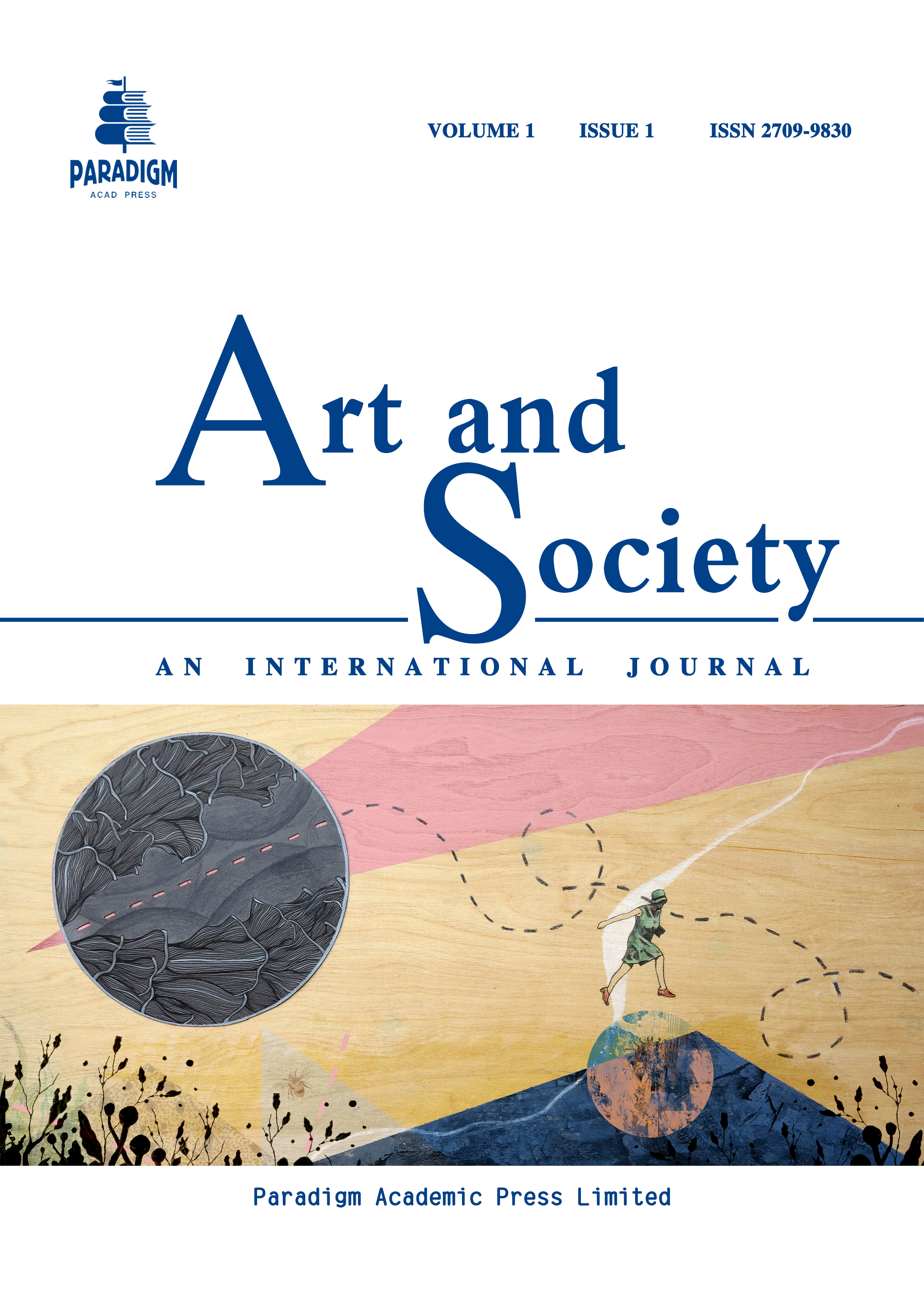From the Street to the Institution: The Flux of Publicness and the Ontological Crisis in Graffiti Art
DOI:
https://doi.org/10.63593/AS.2709-9830.2025.07.003Keywords:
graffiti, publicness, ontology, digital reconfiguration, neo-street ethosAbstract
This study traces graffiti’s ontological crisis through its “street-to-institution” trajectory, examining the irreversible shift from illicit urban subversion to commodified cultural artifact. Analyzing four phases — 1970s Bronx revolt, Beijing 798 commodification, Chengdu zoning interventions, and Basquiat’s institutional canonization — it reveals how the pursuit of legitimacy erodes graffiti’s foundational illegality. Framed by Habermas’s public sphere transformation, Danto’s art-end thesis, and Foucauldian heterotopia, the work identifies a triple crisis: marketized intent, ritualized reception, and commodified existence. As physical walls become inaccessible due to policy/technological barriers, the study probes whether AR graffiti and NFTs can reconstitute digital publicness. Findings indicate such “spectral survival” prolongs street spirit yet invites new capital capture vectors. The article proposes “graffiti heritage” metrics for historical preservation and envisions a “neo-street ethos” for trans-medial practice. Graffiti’s demise emerges as a synecdoche for modernity’s paradox, confirming publicness as an interminable transgression game.


